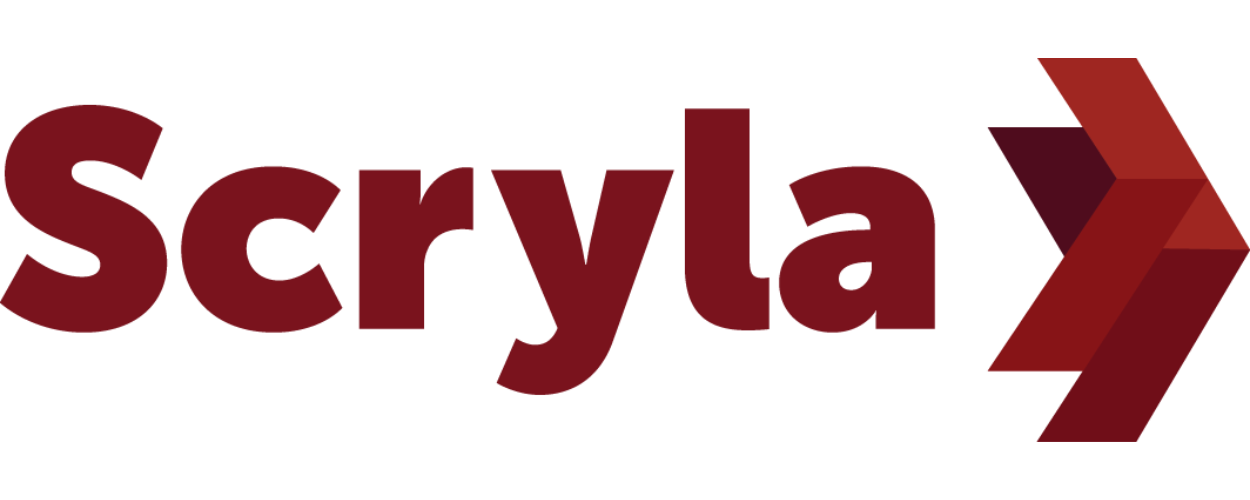One of the Greatest Risks to a Development Project: Setting it Up Correctly
Embarking on a development project is an exciting and ambitious endeavor. Success hinges on a solid foundation. Unfortunately, many projects stumble right out of the gate due to a lack of proper setup. The failure to establish a robust framework, clear objectives, and effective communication channels can lead to costly delays, budget overruns, and ultimately, project failure.
In this article, we will explore why setting up a development project correctly is paramount to ensuring success and highlight the key components needed for a solid start.
Defining Clear Objectives
One of the critical elements in setting up a development project is defining clear objectives. Without a well-defined goal, the project team may find themselves drifting aimlessly, unsure of what they are striving to achieve. Clear objectives serve as a compass, guiding the project's direction and providing a framework for decision-making. It is essential to involve all stakeholders in the process of setting objectives, ensuring alignment and buy-in from the start. When objectives are well-defined, it becomes easier to measure progress and evaluate success.
Thorough Planning and Scope Management
Successful project setup involves thorough planning and effective scope management. A comprehensive plan outlines the project's timeline, milestones, resource allocation, and potential risks. It helps identify dependencies, allocate tasks, and establish a realistic schedule. Additionally, a well-defined scope sets clear boundaries, preventing scope creep and ensuring that the project stays on track. Regularly reviewing and adjusting the plan as necessary helps to mitigate risks and maintain project momentum.
Building the Right Team
A project's success depends heavily on the people involved. Assembling the right team with the necessary skills, experience, and expertise is crucial. Each team member should have a clear understanding of their role and responsibilities. Communication channels should be established, fostering open dialogue, collaboration, and effective problem-solving. Encouraging a culture of trust, respect, and transparency within the team ensures a positive and productive working environment.
Effective Communication and Stakeholder Management
Without effective communication, misunderstandings can arise, leading to confusion, delays, and subpar results. Managers must establish robust communication channels, ensuring that all stakeholders are well-informed and engaged throughout the project lifecycle. Regular status updates, progress reports, and milestone reviews help maintain transparency and manage expectations. Actively involving stakeholders and addressing their concerns or feedback ensures their continued support and buy-in.
Risk Identification and Mitigation
Risk management is a critical aspect of setting up a development project correctly. Identifying potential risks early on allows the team to develop mitigation strategies and contingency plans. Regular risk assessments help anticipate and address potential obstacles, reducing the likelihood of costly setbacks. Establishing a risk management framework ensures that risks are continuously monitored, evaluated, and mitigated throughout the project's lifespan.
Conclusion
On of the greatest risks to a project lies in not setting it up correctly from the beginning. Proper project setup encompasses several key elements, including defining clear objectives, thorough planning and scope management, building the right team, effective communication and stakeholder management, and proactive risk identification and mitigation. When these components are carefully addressed, the project is set on a path towards success. By investing time and effort into establishing a solid foundation, development projects can avoid common pitfalls, reduce risks, and increase the likelihood of achieving their goals. Remember, success starts with a well-executed setup.
Engaging with a Scryla can significantly help mitigate the risks associated with improper project setup. Our expertise and experience can provide valuable insights and guidance throughout the process. While the exact cost savings depend on the specific project and its challenges, working with us could potentially save a significant amount of money. By leveraging our expertise to avoid costly missteps and mistakes
